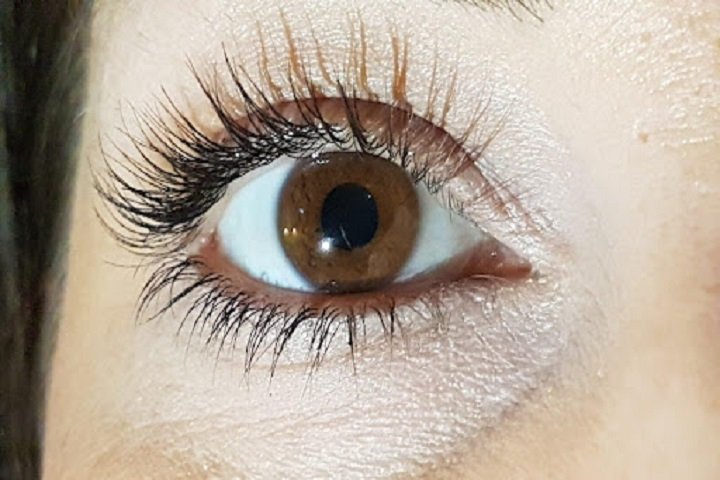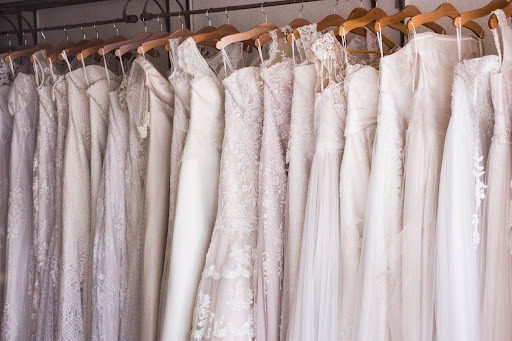Luscious lashes have become a quintessential part of the beauty routine for many. Our eyes-often called windows to the soul deserve a frame that’s as enchanting as the view within. False eyelashes, or falsies as they are fondly called, are a quick fix for achieving that glamour.
However, not all lashes are created equal. Using bad false eyelashes can lead to a host of issues that enthusiasts should be mindful of. Here are the top risks to watch out for.
Allergic Reactions
When it comes to the materials used in making false eyelashes, there’s a vast spectrum. Cheap or low-quality lashes often employ latex or other compounds known to cause allergic responses. These reactions can vary from mild redness and puffy eyes to severe swelling and itching.
While the eyes are incredibly resilient, they are also quite sensitive organs. Allergic reactions are the eyes’ way of telling you that something isn’t right.
To avoid this, opt for lashes labeled as hypoallergenic or made from quality materials like mink or silk. These are less likely to cause a reaction and cause harm to your eye safety.
Eye Irritation
Even if you’re not prone to allergies, bad false eyelashes can still irritate your eyes due to their rough or uneven edges. Such irritants can cause redness, inflammation, and general discomfort.
This type of irritation doesn’t only affect the adhesive and the lashes. Repeated irritation can impact the skin around the eyes, potentially leading to conditions like dermatitis.
To circumvent this issue, it’s crucial to invest in well-crafted lashes that have a smooth band. Then use a gentle, reliable adhesive for your eye health.
Eye Infections
One of the most severe consequences of using low-quality false eyelashes is the possibility of eye infections. These eye infections can be bacterial or fungal. They often stem from unhygienic application practices or unclean lashes.
For example, blepharitis from eyelash extensions is a common condition caused by bacteria. It leads to red, swollen eyelids and crusty lashes. Similarly, fungal infections like keratitis can be caused by dirty lash applicators or tools. Bacterial growth on lashes can also cause conjunctivitis or pink eye.
To minimize this risk, always keep your application tools and the lashes themselves clean. Never share your lashes with others.
Damage to Natural Lashes
While false eyelashes are designed to enhance your lashes’ appearance, using poor-quality ones can undermine that goal. They can cause damage to your natural lashes due to the weight of the falsies or the harsh removal process.
Repeated use of bad false eyelashes can lead to weakened, broken, and even sparse natural lashes. This is especially concerning for those with already frail or thin lashes.
To protect your natural lashes, choose lightweight and gentle false eyelashes. Also, take care not to tug or pull at the falsies when removing them.
Bad False Eyelashes Are a Health Risk
Endangering your eye health is a significant risk when using bad false eyelashes. From allergies to infections to damage, poor-quality lashes can wreak havoc on your eyes.
So, when trying this beauty trend, remember that safety should always come first. Invest in high-quality lashes and proper application techniques to ensure beautiful and healthy eyes for years to come.
Lastly, don’t forget to properly clean and store your false eyelashes after each use to avoid any potential contamination. Happy lashing!
Did you find this article helpful? If so, check out the rest of our site for more.






